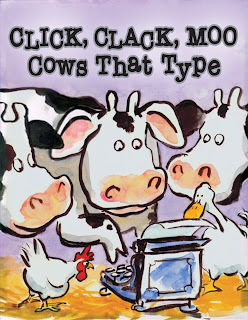
I absolutely loved
Rules, by Cynthia Lord. I started reading this book because I heard it was about a girl and her autistic brother and Autism is something I'm very interested in. I hope to eventually get my masters so that I can work with Autism. However, this book was about much more than a girl and her autistic brother. Catherine, the main character, has a new neighbor who she hopes to befriend. However, she is so worried about looking good in front of other people, especially her new neighbor, that she tries to hide her brother from the world and she gives him "rules" to try and help him behave well in public. These "rules" are more of guidelines on how to act in public and understand others such as "sometimes people don't answer because they don't hear you. Other times it's because they don't
want to hear you" and "if you don't have the words you need, borrow someone
else's. If you need to borrow words, Arnold
Lobel wrote some good ones." Her brother David uses (or tries to use) these rules, especially the second. Arnold
Lobel wrote books where the characters were Frog and Toad, so often David's sentences include these characters such as when he apologizes to his sister saying "I'm sorry Frog".
Catherine also meets a boy, Jason at the clinic where David goes. Jason is in a wheelchair and he can't speak so he uses a book with words that he points to. Catherine makes Jason more words so he can express himself. She enjoys making words for Jason and spending time with him, but she isn't so confidant in public. She doesn't want people to know about Jason for fear they will look at him (or avoid looking at him) like they do to David. This book is about how she learns to understand that people are different and that different
isn't' necessarily bad. She learns that it is not important what other people think and that she should stick up for her friends and always be herself.
This book really touched me and made me think of past experiences. One of my cousins has been diagnosed as Autistic and is also deaf and actually has a communication book like Jason has in
Rules. However, he is so low-level functioning that he has trouble using the book. I think it would be interesting to understand what it's like to have to communicate in that way.











































